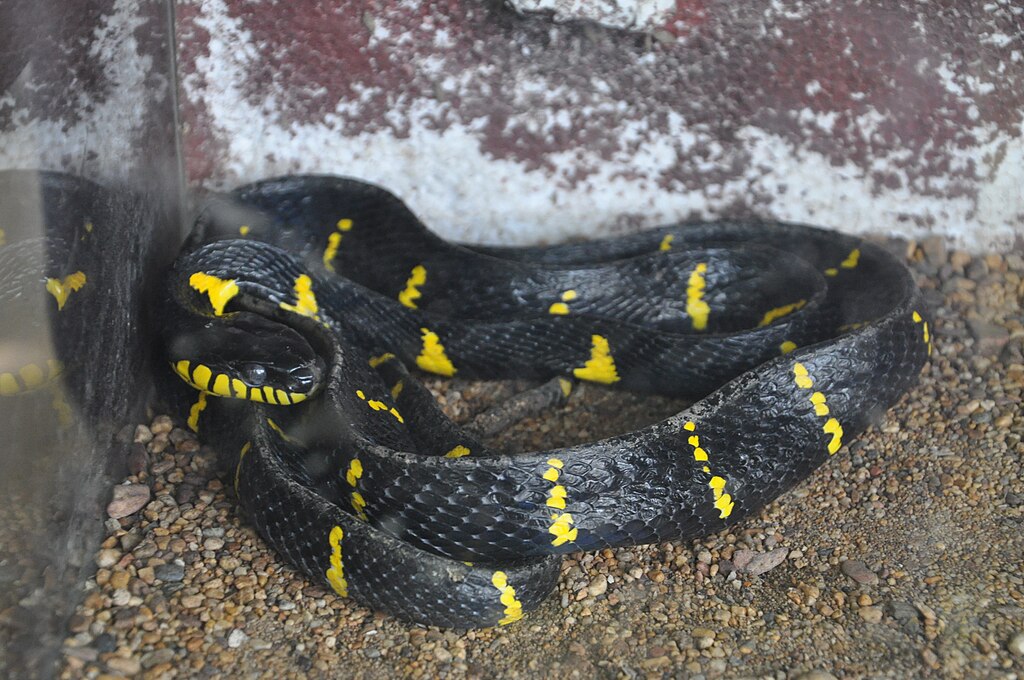Keeping snakes as pets can be a rewarding experience, but it comes with unique challenges. One of the most important skills for snake owners to develop is recognizing when their serpentine companion is attempting to make a break for freedom. Unlike mammals that might whine, scratch, or bark to communicate their intentions, snakes are subtle creatures whose escape attempts can be easily missed by an untrained eye. This article will help you identify the telltale signs that your snake is plotting its great escape, providing you with the knowledge to ensure your scaly friend remains safely in its enclosure.
Understanding Snake Behavior and Natural Instincts

Snakes are naturally curious and explorative creatures with an innate drive to roam their territory. In the wild, snakes might travel considerable distances in search of food, mates, or more suitable habitats, which explains why captive snakes often exhibit exploratory behaviors. This natural instinct doesn’t disappear in captivity, making escape attempts a common concern for snake owners. Even well-adjusted captive snakes may occasionally test the boundaries of their enclosures, especially during specific seasons or life stages. Understanding that this behavior stems from natural instincts rather than dissatisfaction with care can help owners respond appropriately while maintaining proper containment measures.
Increased Activity Near Enclosure Edges
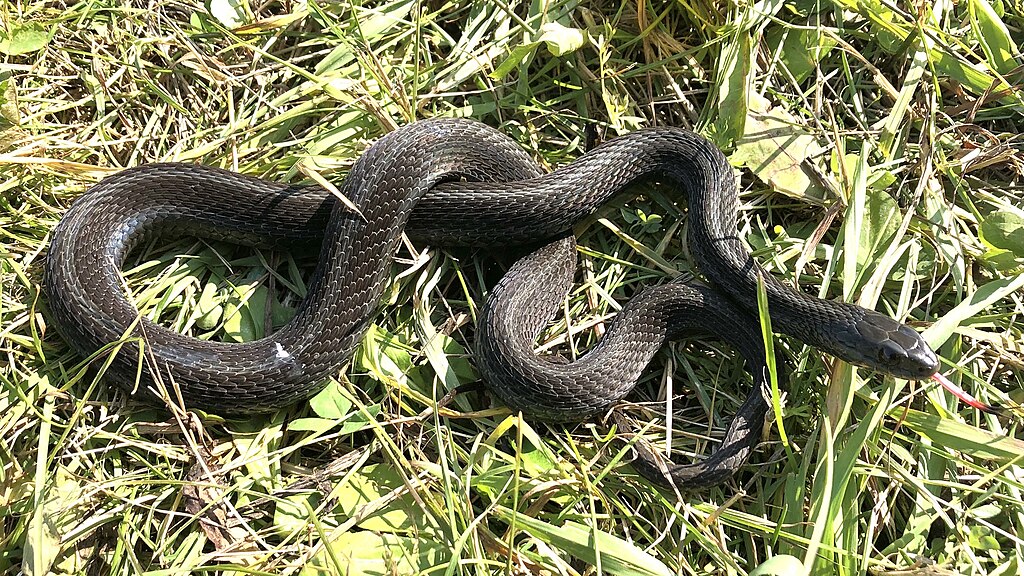
One of the most obvious signs that a snake is considering an escape is increased activity along the perimeter of its enclosure. You might notice your snake repeatedly slithering along the edges, seemingly inspecting every inch of the boundaries. This behavior is particularly notable when it becomes more frequent or intense than usual, as snakes will methodically search for weaknesses or openings. Some snakes may spend hours moving along the edges of their tank, pressing against the glass or walls as if testing for give. This edge-riding behavior is distinct from normal exploration and often indicates that your snake is actively looking for a way out.
Persistent Probing of Lid or Door Seams

Snakes are remarkably adept at finding and exploiting weak points in their enclosures, often focusing their attention on seams and junctions. If you observe your snake repeatedly pressing its snout against the area where the lid meets the tank or investigating door hinges, it’s likely searching for an escape route. This probing behavior is particularly common with species known for their strength or climbing abilities, such as boas, pythons, and rat snakes. The snake may push with surprising force against these areas, sometimes lifting slightly to test if there’s any give. Even small gaps can be potential exits for determined snakes, so this focused attention on seams should never be ignored.
Unusual Climbing Attempts
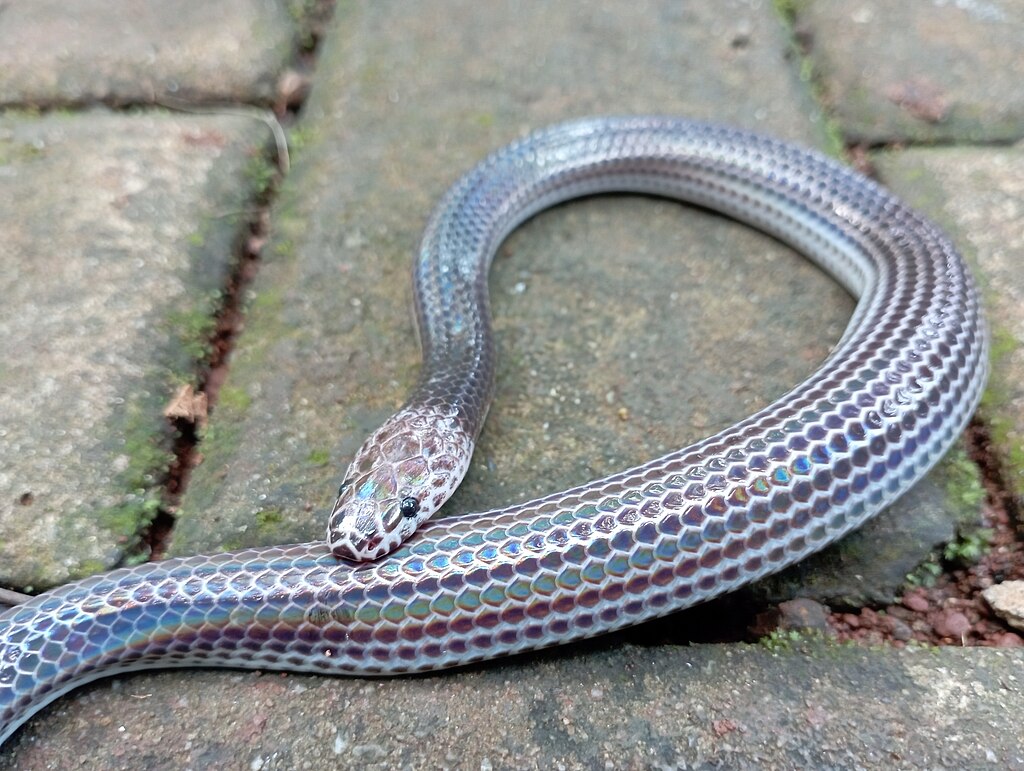
When a snake becomes fixated on escaping, you may notice it attempting to climb the walls of its enclosure with increased frequency and determination. This behavior is especially significant if the snake hasn’t previously shown interest in climbing or if the attempts become more vigorous or persistent. Some species, like corn snakes and ball pythons, are surprisingly good climbers and can use the corners of enclosures to push themselves upward. You might observe your snake repeatedly falling but immediately trying again, demonstrating its determination. These climbing attempts often intensify during the night when snakes are naturally more active, so conducting occasional nighttime checks can help identify escape-oriented behaviors you might otherwise miss.
Pushing or Nudging at Weak Points

Snakes have remarkably strong muscles and can apply considerable pressure against potential escape points. If you notice your snake pushing its head against a specific spot on the enclosure repeatedly, it may have identified a weakness. This behavior is particularly concerning when targeted at areas where the enclosure might have small gaps, such as around water or power cord entry points. Some snake species can exert surprising force, gradually widening tiny openings until they’re large enough to squeeze through. The snake may also use its body to create leverage, pushing against one side of the enclosure while applying pressure to a weak point with its head or tail.
Changes in Posture and Body Position

A snake preparing to escape often exhibits subtle changes in how it holds its body. You might notice your snake spending more time in an alert posture with its head raised, actively surveying its surroundings rather than resting in a relaxed coil. This heightened awareness is a sign that the snake is actively engaged with its environment and potentially planning its next move. Some snakes may also position themselves strategically near potential escape routes, such as remaining coiled beneath a slight gap in the lid for extended periods. These positional preferences, especially when they represent a change from normal behavior, can indicate that your snake is contemplating or preparing for an escape attempt.
Increased Muscular Tension
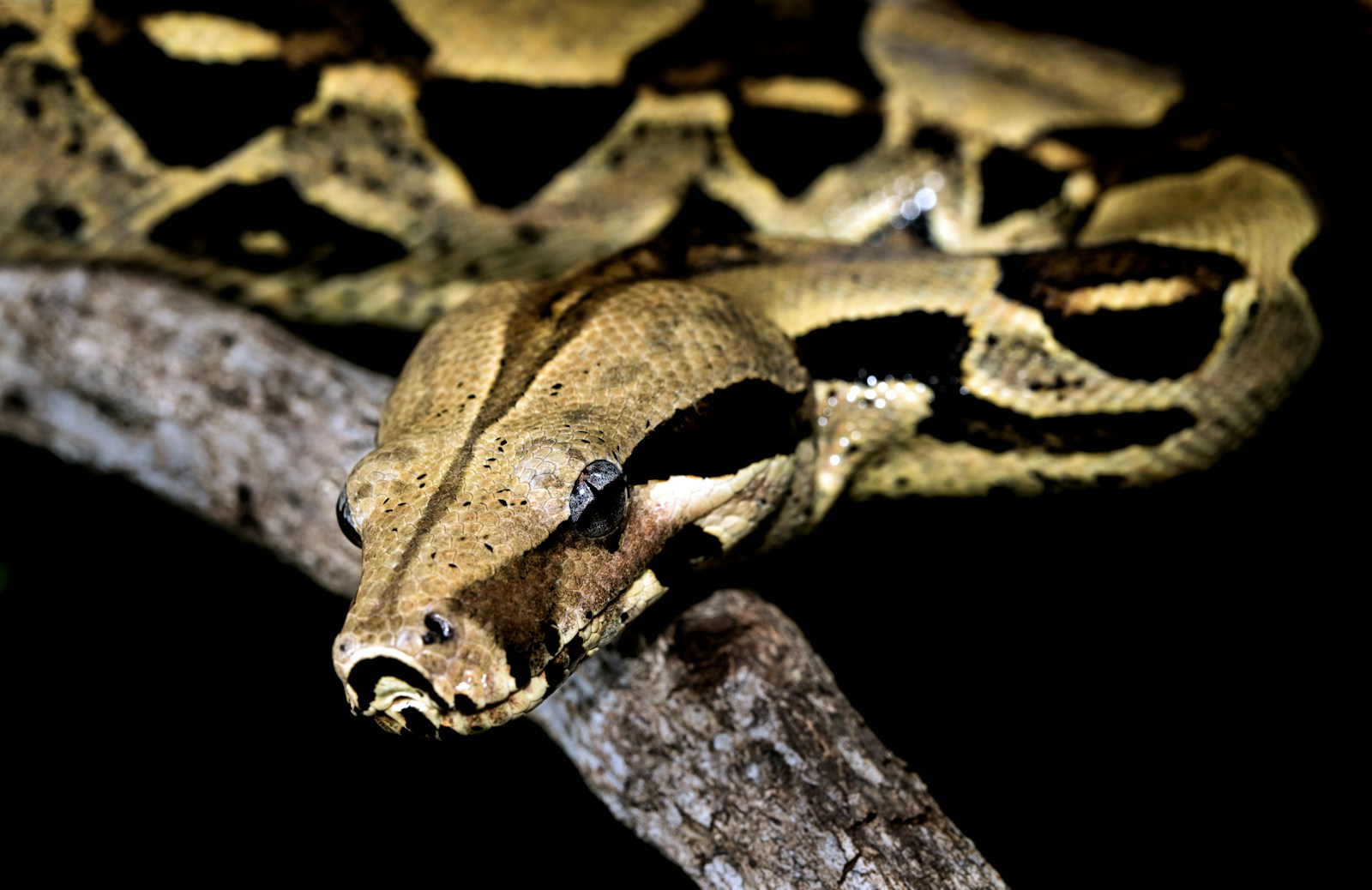
When a snake is preparing to escape, its muscles may appear more tense than usual as it readies itself for the physical exertion required. This increased tension is often visible as a slight stiffening of the body, particularly when the snake is extending upward or pushing against surfaces. You might notice that when handling your snake, it feels more rigid or seems to be constantly flexing its muscles rather than relaxing in your hands. This muscular readiness is similar to what snakes exhibit when hunting or responding to threats in the wild. The snake may also demonstrate greater strength during handling sessions, seeming more difficult to control or showing enhanced ability to extend and reach farther than usual.
Timing Patterns in Escape Attempts
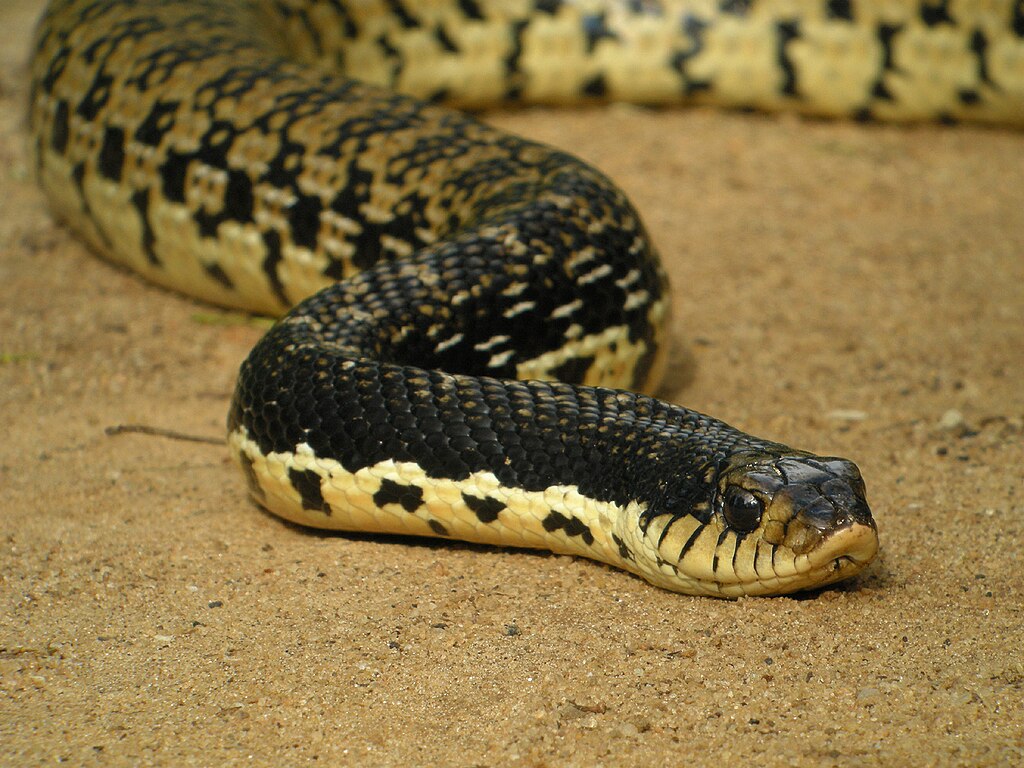
Snake escape attempts often follow predictable timing patterns related to both natural behaviors and husbandry routines. Many snakes become more active during dawn and dusk (crepuscular activity) or throughout the night (nocturnal activity), making these prime times for escape attempts. You might notice increased escape-oriented behaviors during seasonal changes, particularly in spring when breeding instincts activate or during periods of significant barometric pressure changes. Additionally, snakes often test boundaries shortly after being fed when they have maximum energy, or conversely, when they’ve been hungry for an extended period. Recognizing these patterns can help owners predict when vigilance should be heightened and enclosure security double-checked.
Excessive Interest in Airflow Sources

Snakes are highly sensitive to airflow patterns and may show increased interest in areas where they detect air movement from outside the enclosure. If your snake consistently positions itself near ventilation holes, slight gaps in the lid, or areas where air conditioning creates a breeze, it may be responding to external stimuli that suggest a potential exit. This behavior is often more pronounced when airflow carries scents from outside, such as food, potential mates, or simply the wider environment. Some snake species will flick their tongues more rapidly near these airflow sources, gathering chemical information about what lies beyond. This focused attention on air sources can precede more active escape attempts and should be monitored carefully.
Reduced Response to Habitat Enrichment
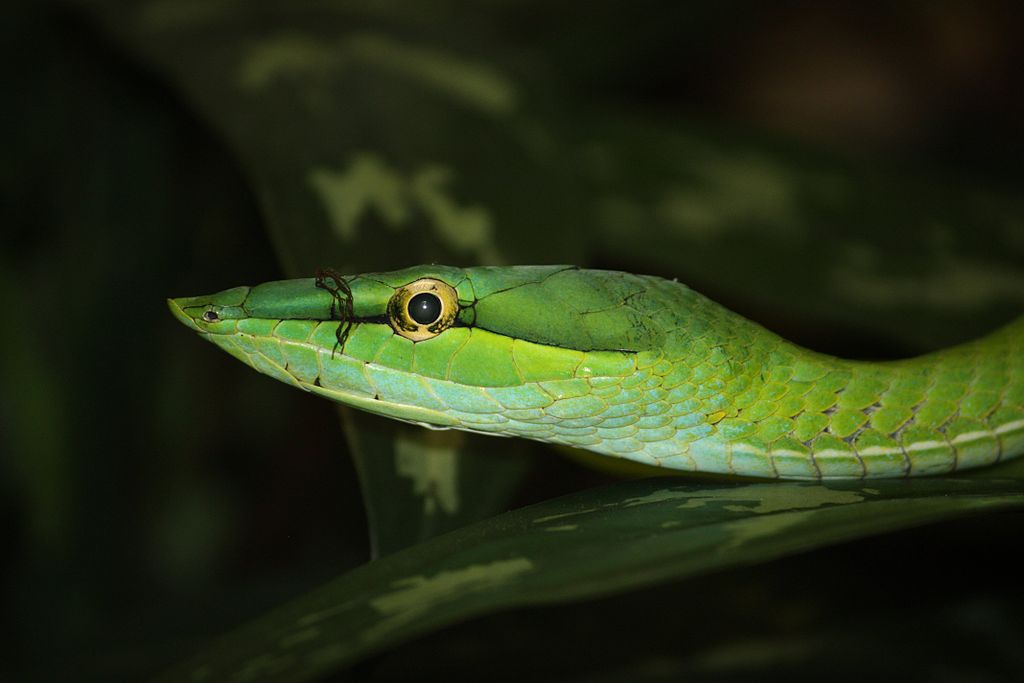
A snake that’s fixated on escaping may show significantly less interest in enrichment items within its enclosure. You might notice that your snake ignores new hiding spots, climbing branches, or substrate changes that would normally elicit curiosity and exploration. This apparent disinterest occurs because the snake has shifted its focus from enjoying its habitat to finding ways out of it. Some snakes may even abandon favorite hiding spots or basking locations in favor of positions that allow them to test potential escape routes. This behavioral shift can be particularly noticeable in snakes that were previously interactive with their environment, suggesting a fundamental change in priorities from thriving within the enclosure to escaping it.
Differences in Escape Behaviors Between Species
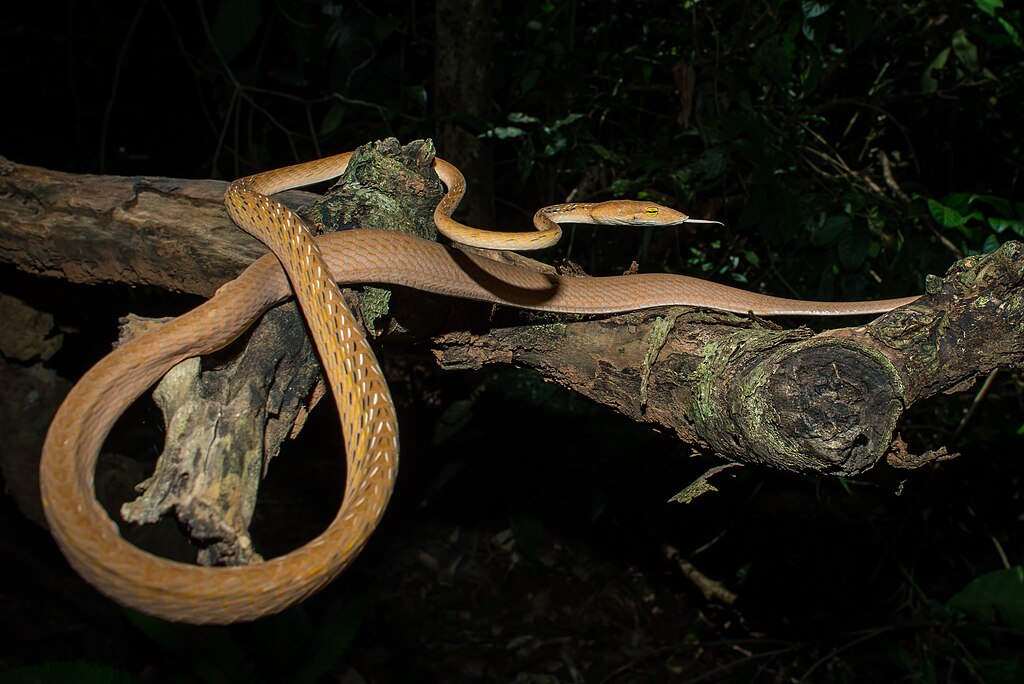
Different snake species exhibit distinct escape behaviors based on their natural adaptations and instincts. Arboreal species like green tree pythons or emerald tree boas are excellent climbers and will typically attempt to escape through the top of enclosures, often showing remarkable patience while waiting for opportunities. Burrowing species such as sand boas or hognose snakes may focus their attention on substrate depth, attempting to dig under enclosure walls or create tunnels near edges. More muscular constrictors like ball pythons and boa constrictors might rely on strength, pushing against lids or flexing against weak points with surprising force. Understanding the natural tendencies of your specific snake species can help you anticipate their likely escape strategies and reinforce the appropriate areas of their enclosure proactively.
Changes in Feeding Response or Appetite
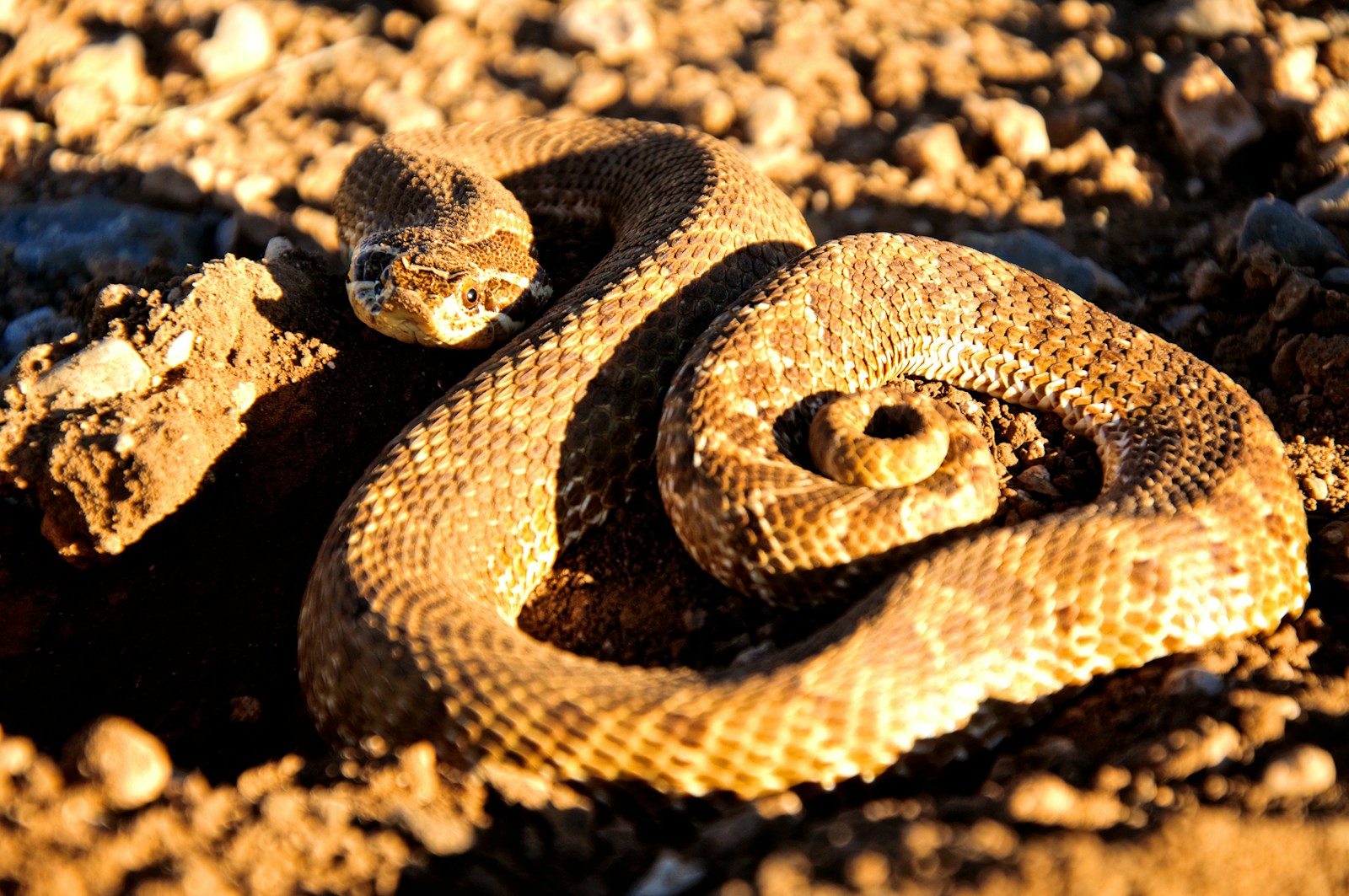
A snake focused on escaping may exhibit notable changes in its feeding habits, often showing reduced interest in offered food items. This apparent loss of appetite occurs because the snake’s primary drive has shifted from nutrition to exploration or migration. Some snakes may accept food but eat less enthusiastically than usual or abandon their prey item shortly after striking to resume escape attempts. In other cases, snakes might show increased feeding aggression as part of overall restlessness, striking quickly but then seeming distracted during consumption. These feeding behavior changes are particularly significant when they coincide with breeding seasons or environmental shifts, as these natural triggers often activate migratory instincts that manifest as escape attempts in captivity.
Preventative Measures and Secure Enclosure Design

The most effective way to handle potential snake escapes is through preventative measures and proper enclosure design. Front-opening terrariums with secure latching mechanisms typically provide better security than top-opening tanks, as they eliminate the leverage advantage snakes gain when pushing upward against lids. Adding weight to tank tops or installing secure clips designed specifically for reptile enclosures can significantly reduce escape risks. For particularly determined escape artists, consider secondary containment measures such as keeping the enclosure in a snake-proof room with sealed doorways and no unscreened vents. Regular maintenance checks should include inspecting for developing gaps, ensuring that any access points for electrical cords or equipment are properly sealed, and verifying that all locks and latches remain functional and secure even against persistent pressure.
When Escape Behavior Indicates Health or Welfare Concerns
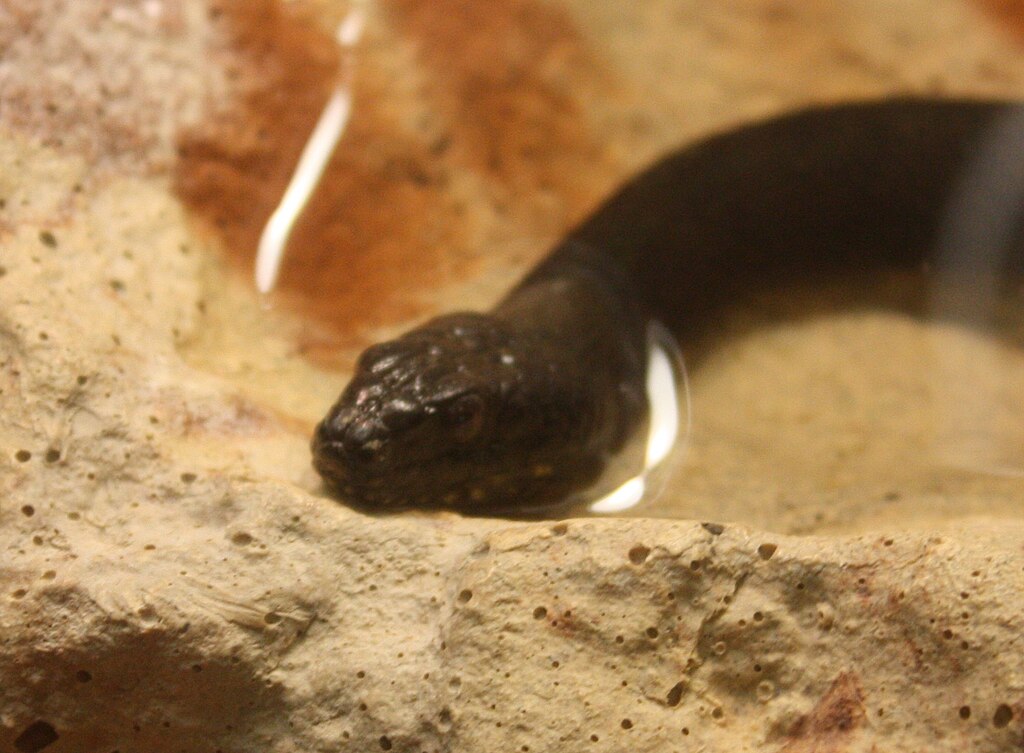
While some escape attempts reflect natural exploratory behavior, persistent or sudden increases in escape efforts can sometimes indicate underlying health or welfare issues that should be addressed. Inappropriate temperature gradients or humidity levels often trigger escape behavior as snakes instinctively seek more suitable conditions. Enclosures that lack adequate hiding spaces or are too small for the snake’s size and activity needs may also promote escape attempts as the animal searches for security or additional territory. Parasitic infections or skin conditions might cause discomfort that the snake tries to escape by seeking new environments. If escape attempts coincide with other concerning symptoms like weight loss, unusual shedding patterns, or respiratory issues, a veterinary examination is warranted to rule out medical causes for the behavior change.
Conclusion

Understanding when your snake is plotting an escape requires attentiveness to subtle behavioral changes and knowledge of your specific species’ natural tendencies. By recognizing the signs early—from increased edge activity and probing behaviors to changes in posture and feeding response—you can take appropriate measures to ensure your snake remains safely contained. Remember that most escape attempts reflect natural behaviors rather than poor care, though persistent attempts should prompt an evaluation of enclosure conditions and potential health concerns. With proper enclosure design, regular security checks, and an understanding of your snake’s behavior patterns, you can enjoy the rewarding experience of snake ownership without the stress of unexpected escapes.

